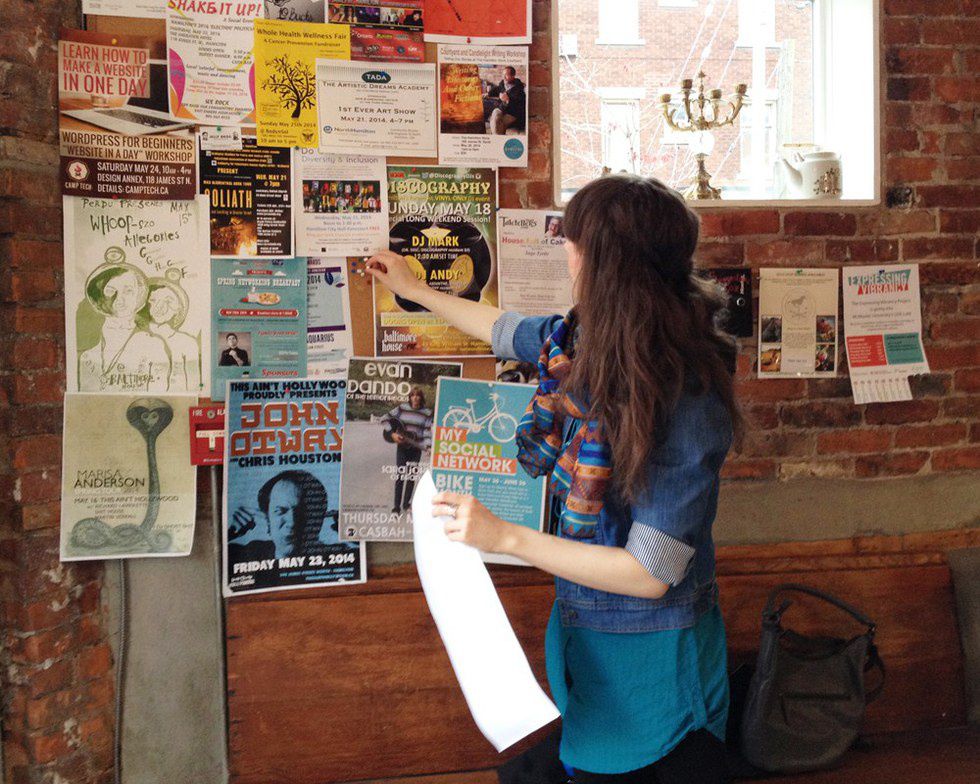Training puppies is almost a no-brainer: if you don’t want your shoes to be used as chew toys you need to redirect all that puppy energy somewhere else and let Fido know which behaviors are inappropriate in your home.
Older dogs tend to be more mellow, but they often need some training, too. Whether you’re bringing home a new family addition and need your dog to brush up on his manners or you’ve adopted a senior dog and want to make sure he fits into your home, training a senior dog doesn’t have to be difficult.
Think you can’t teach an old dog new tricks? Think again. We talked to experts to get their tips.
Challenges Of Training Senior Dogs
Experts agree: training an older dog is different than training a puppy.
“The main challenge with training senior dogs is that sometimes, just like people, they can be set in their ways,” says Merritt Milam, head trainer and founder of Wags ‘n Whiskers in Birmingham, Alabama. “Some dog parents find it be more challenging to undo unwanted behavior than it is to prevent it or stop it from the very beginning.”
Another consideration for older dogs is health concerns that can make training more difficult. Laura Nativo, a dog trainer, TV personality, and pet lifestyle expert in California, recommends consulting a veterinarian before training. Her own 14-year-old Pomeranian, Preston, has several health issues, including being partially blind and mostly deaf. She says senior dogs might not be disobeying you when you want them to do something; they may simply be in pain.
“A lot of times if your dog has arthritis or has some type of condition that hasn’t been treated, you’re going to see it reflected in their behavior,” Nativo says. “It’s really not fair to judge them or punish them based on something you’ve overlooked because you’re not taking their entire well-being into consideration.”
Tips For Training Senior Dogs
Keeping their specific challenges in mind, there are a few things you can do to make the process of training an older dog go more smoothly:
1. Teach multiple cues. Dogs can’t do what you’re asking if they don’t understand what it is you want. As they get older and lose senses like hearing and sight, it might be harder for them to understand, Nativo says.
She recommends teaching both an auditory and a visual cue when training because if, for example, your dog becomes blind, they will still have that auditory cue that tells them what you’re asking them to do.
2. Keep it fun. Training is important, but that doesn’t mean it can’t be fun, too. In fact, it should be. Nativo says that goes for dogs of any age—and humans, too.
“You have to find ways to keep it enjoyable for you so you look forward to training and you’ve got to think outside the box to make it fun and low stress for your dog,” she says. And part of keeping training sessions fun is keeping them short—senior dogs tend to have less energy, she says.
3. Don’t leave an older dog out. If you have a multi-dog household, you might be tempted to train only the younger dog in the household. Amy Robinson, trainer and dog expert for Sniff & Barkens, says that would be a mistake. In her experiences, older dogs always want to be involved when another dog is being trained.
“The senior dog will often show the younger dog the way and be very much into the whole process of training,” she says. “You might even discover something wonderful, like your dog knows a cute trick.”
4. Don’t train on a slippery floor. Robinson says that training dogs of any age on tile or wood can be problematic, but it can be even more difficult for dogs with mobility issues.
“We’ve all seen the cute videos of dogs slipping and sliding on the floor, but that’s not that fun for them,” she says. Instead, she recommends training on a rug or outside.
5. Consider a professional trainer. If you need help training your senior dog, professional dog trainers are always willing to help, Milam says. Whether you decide to do private lessons or attend a training class depends on the individual needs of your dog.
“Any class that is well-organized and not too large is probably a welcome adventure for the dog,” Robinson says. “He is definitely most comfortable at home, but taking them out to hone skills and get some social interaction is extremely satisfying for them and for the owner.”
6. Take it day by day. If your dog has health issues, every day might be different. Realize that what they were able to do yesterday might cause them pain today, and know that you have to listen to your dog, Nativo says.
“My dog might be able to walk perfectly normal one day and might hurt himself [the next].”
7. Have patience. Being realistic with your training goals will help the process because, no matter what you do, you won’t have a perfectly trained dog overnight. And that’s OK.
“It takes time, but training at any age is always worth it, even if the training is just for bonding time between you and your dog,” Milam says.



















